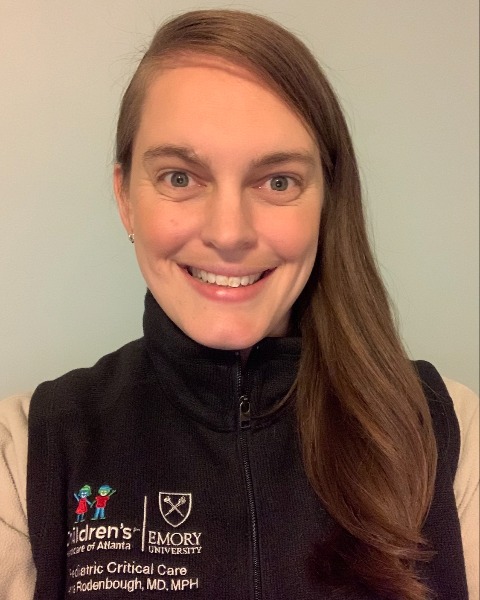Adverse Childhood Experiences Are Associated With Patient-Reported Outcomes in Critically Ill Kids
-

Anna Rodenbough, MD, MPH
Childrens Healthcare of Atlanta
Atlanta, GeorgiaDisclosure information not submitted.
-
CO
Cydney Opolka, BS
Clinical Research Coordinator
Children's Healthcare of Atlanta, United StatesDisclosure information not submitted.
-
MV
Megan Ververis, MD
Pediatric Resident
Emory University/Children's Healthcare of Atlanta, United StatesDisclosure information not submitted.
-
JG
Jocelyn Grunwell, MD, PhD
Assistant Professor
Emory University/Children's Healthcare of Atlanta Egleston
Atlanta, Georgia, United StatesDisclosure information not submitted.
First Author(s)
Co-Author(s)
Title: Adverse Childhood Experiences are associated with Patient-Reported Outcomes in Critically Ill Kids
Introduction: Adverse Childhood Experiences (ACEs) are potentially traumatic events that occur in childhood and are associated with worse lifetime health outcomes. It is not known whether critically ill children experience higher ACEs than non-critically ill children or whether ACEs are associated with patient-reported outcome measures in children. We hypothesized that children admitted to the pediatric intensive care unit (PICU) would have more ACEs than the general pediatric population and that critically ill children with higher ACEs would have worse reported measures of social, emotional, and physical health.
Methods: This is an observational study in children aged 1-17 years admitted to a quaternary PICU in Georgia. Nine ACE questions from the National Survey for Child Health were administered; frequencies were compared to Georgia and U.S. population data with a Chi-squared test. Eight Patient-Reported Outcome Measurement Information System (PROMIS) measures reflecting aspects of social, emotional, and physical health were also administered; PROMIS T-scores were compared for children with one or no versus two or more ACEs using a T-test.
Results: Of the 73 children enrolled, 58% had at least one ACE and 33% had two or more ACEs, compared to 38% and 15% in Georgia children (p< 0.0001) and 38% and 18% in U.S. children (p< 0.0001), respectively. Critically ill children had a significantly higher frequency of several unique ACEs when compared to children in Georgia and in the U.S., including parent/guardian separation, parent/guardian incarceration, neighborhood violence, and household mental illness. Critically ill children who had two or more ACEs had significantly worse PROMIS measures across multiple domains, including life satisfaction, meaning and purpose, positive affect, psychological stress experiences, anxiety, depression, sleep disturbances, and family relationships.
Conclusions: Critically ill children had more ACEs than non-critically ill children in Georgia and the U.S. Critically ill children with two or more ACEs had significantly worse reported measures of social, emotional, and physical health compared to children with one or no ACEs. Interventions to reduce ACE exposures and to support resilience may mitigate the long-term negative effects of ACEs in this high-risk and vulnerable population
